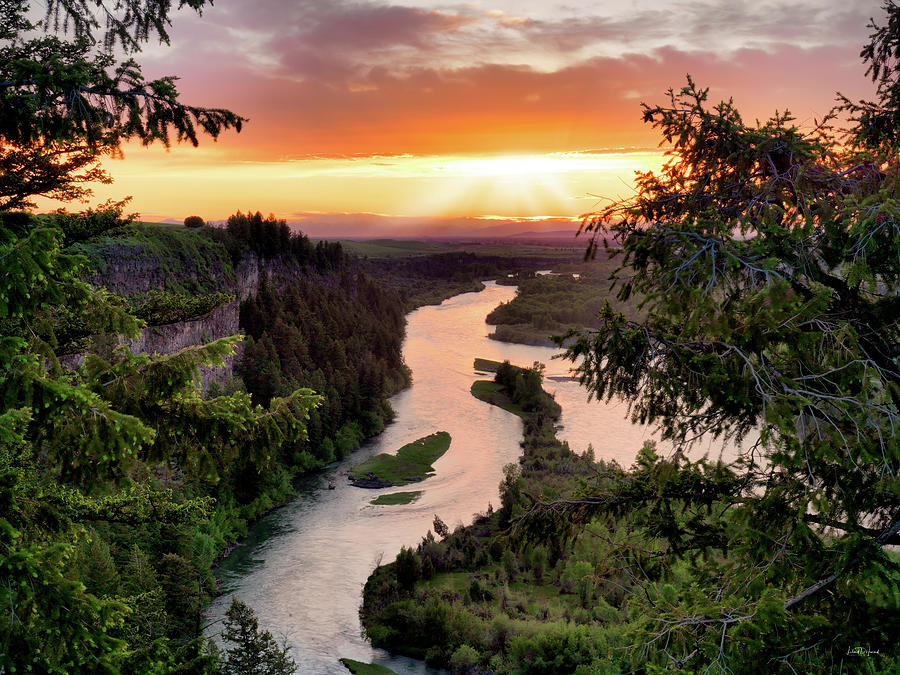

Company of Merchants from Canada, finding the factory for this people inconvenient for them, do hereby intend to erect a factory in this place for the commerce of the country around. Here I erected a small pole with a half sheet of paper well tied about it, with these words on it: "Know hereby that this country is claimed by Great Britain as part of its territories, and that the N.W. to the junction of the Shawpatin River with this, the Columbia. Thompson called the Snake the "Shawpatin River".Ī stormy night and morning. On July 9, 1811, British explorer David Thompson reached the junction of the Snake River with the Columbia River and he erected a pole with a note proclaiming the area for the British. We halted above the point on the river Kimooenim to smoke with the Indians who had collected there in great numbers to view us. In their journals however, they later switched to the Indian name of "Ki moo e nim" or "Kimooenim" River. Their route map depicts the Snake as "Lewis's River". Initially Lewis and Clark called the Snake River "Lewis's River", after Captain Lewis. W & N E and is on the opposit Side about 2 miles distant from the Collumbia and keeping its derection S W untill it joins a S W. In every direction from the junction of those rivers the Countrey is one Continued plain low and rises from the water gradually, except a range of high Countrey which runs from S. Mouth of the Snake River looking towards the Columbia River, at the Horse Heaven Hills.įishing docks are at Sacajawea State Park. The country all round is level, rich and beautiful, but without timber. We encamped on the point between the two rivers. We found here a number of natives, of whose nations we have not yet found out the names. we arrived at the great Columbia river, which comes in from the northwest. View is looking downstream on the Snake River, towards its confluence with the Columbia River. Lewis and Clark's first view of the great Columbia River.Ĭolumbia River as seen from the mouth of the Snake River, from the boat dock at "the point" of Sacajawea State Park. They stayed at this location for 2 nights, leaving on the morning of the 18th for their journey down the Columbia. Here they set up camp at "a point" between the two rivers, today the location of The Lewis and Clark expedition arrived at the junction of the Lewis and Clark and the Snake/Columbia Junction.

after getting Safely over the rapid and haveing taken Diner Set out and proceeded on Seven miles to the junction of this river and the Columbia which joins from the N. The men set up camp on a point where the Snake meets the Columbia, today the location of the Sacajawea State Park. Lewis and Clark traveled down the Snake and reached the Columbia River on October 16, 1805. The Snake River is the largest tributary of the Columbia River, with a total drainage area about the size of the State of Oregon. Pasco, Washington, at 340 feet in elevation and 1,036 miles from its source. It joins theĬolumbia River at Columbia River Mile (RM) 325, near
The Snake River originates in Yellowstone National Park, Wyoming, at 9,500 feet and winds through southern Idaho before turning north to form the boundary between Idaho and Oregon. Snake River, upstream, as seen from Sacajawea State Park.įrom boat dock near "the point" at Sacajawea State Park, looking upstream Snake River. Lewis & Clark's Columbia River - "200 Years Later" The Columbia River - Snake River, Washington


 0 kommentar(er)
0 kommentar(er)
